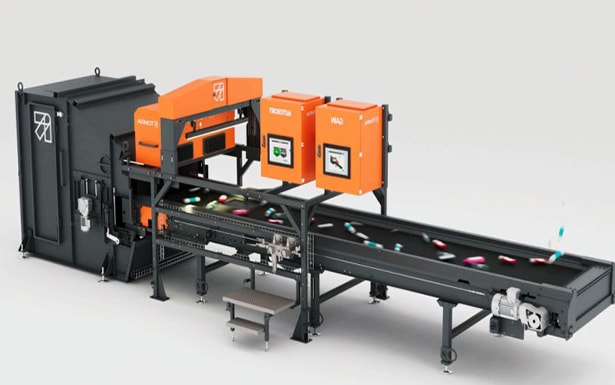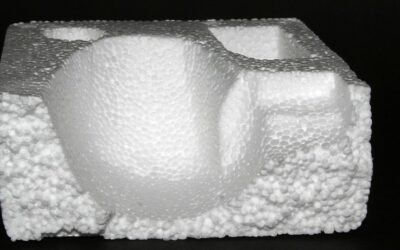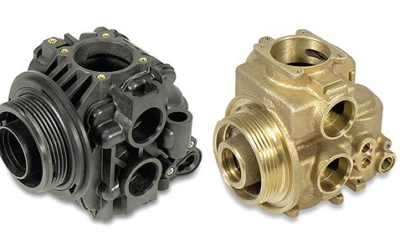New technologies, among other things, provide complex classification with greater precision and higher yields.
TOMRA Sorting Recycling launches its new deep learning-based sorting technology, called GAIN, with which it gains greater throughput capacity in its sorting machines from sensors.
This solution, offered as a complement to TOMRA’s AUTOSORT equipment, classifies objects based on the data retrieved by the AUTOSORT’s RGB camera sensor, achieves previously unattainable levels of purity, and maintains production speed.
According to Alessandro Granziera, TOMRA Sorting Recycling Sales Director in Italy, by leveraging deep learning in sorting technologies, the Group is making its machines even more sophisticated and efficient.
“GAIN technology will also help teams adapt to new waste streams, which will grow in importance as we move towards the circular economy.”
Algorithms
Deep learning, as a method of artificial intelligence (AI), enables computers to mimic human learning. As the manager emphasizes, “classic” machine learning requires an expert to design their features, while deep learning does not.
“Simply, and from thousands of images, it learns to identify the products that it must classify: it mimics the activity of a large number of neural layers of the human brain to learn complex tasks and during the process, it connects artificial neurons to classify objects.”
First application
The first application of the technology is specifically designed for the flow of Polyethylene (PE), managing to separate from it the problematic PE silicone cartridges. And, according to Alessandro Granziera, due to the remains of this material in the cartridges, it is necessary to separate them from the rest to increase the purity of the final product.
In addition to detecting the common shapes of silicone cartridges, GAIN identifies the smallest dual cartridges, mainly used for two-component adhesives, warped cartridges or those partially broken.
“Thanks to their air ejectors, the machines remove stuck cartridges, a task that is very difficult even for the fastest robot arms on the market. This action is achieved from thousands of images, and ejects 99% of the cartridges through the use of two systems placed in line ”.




